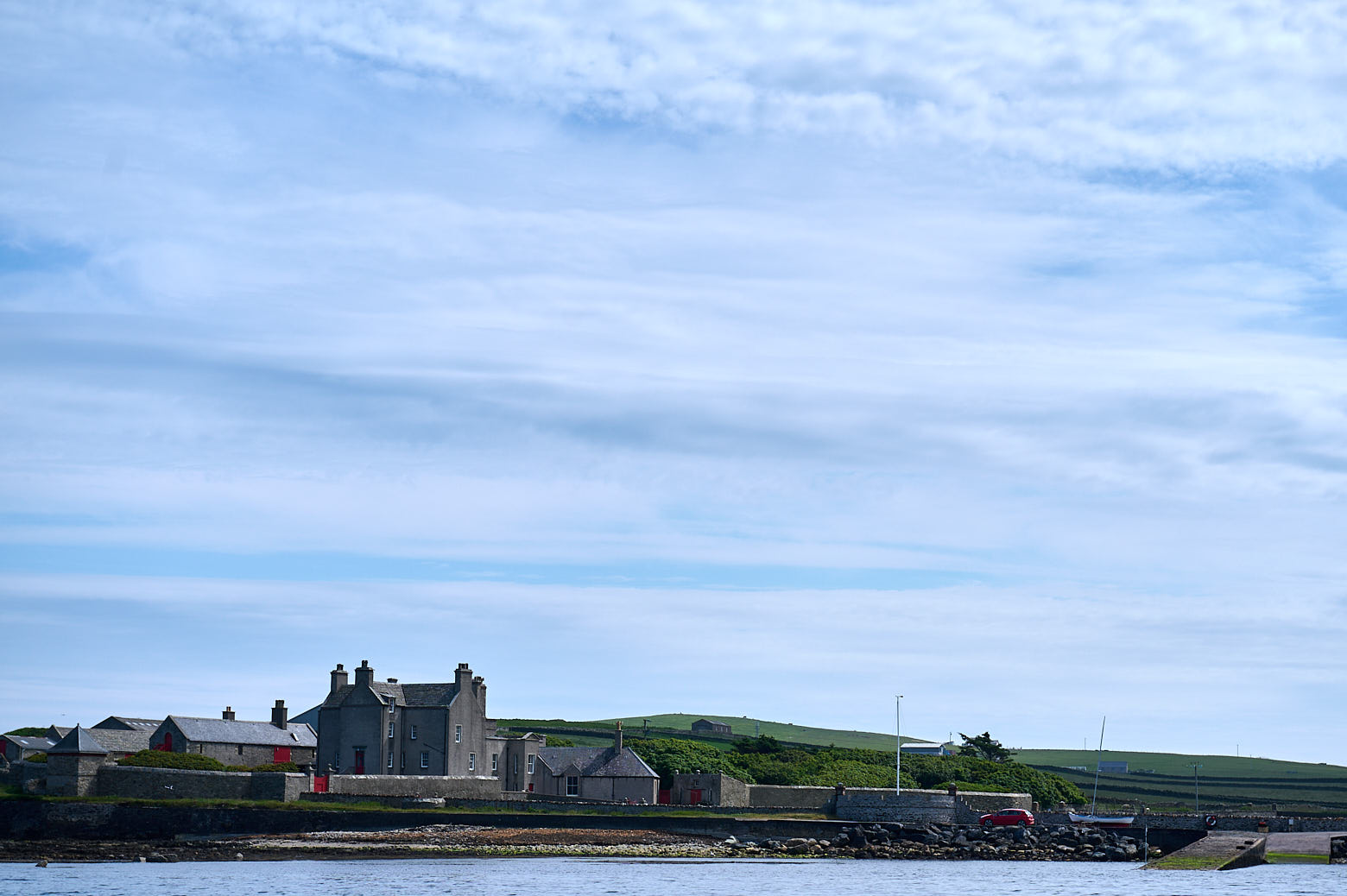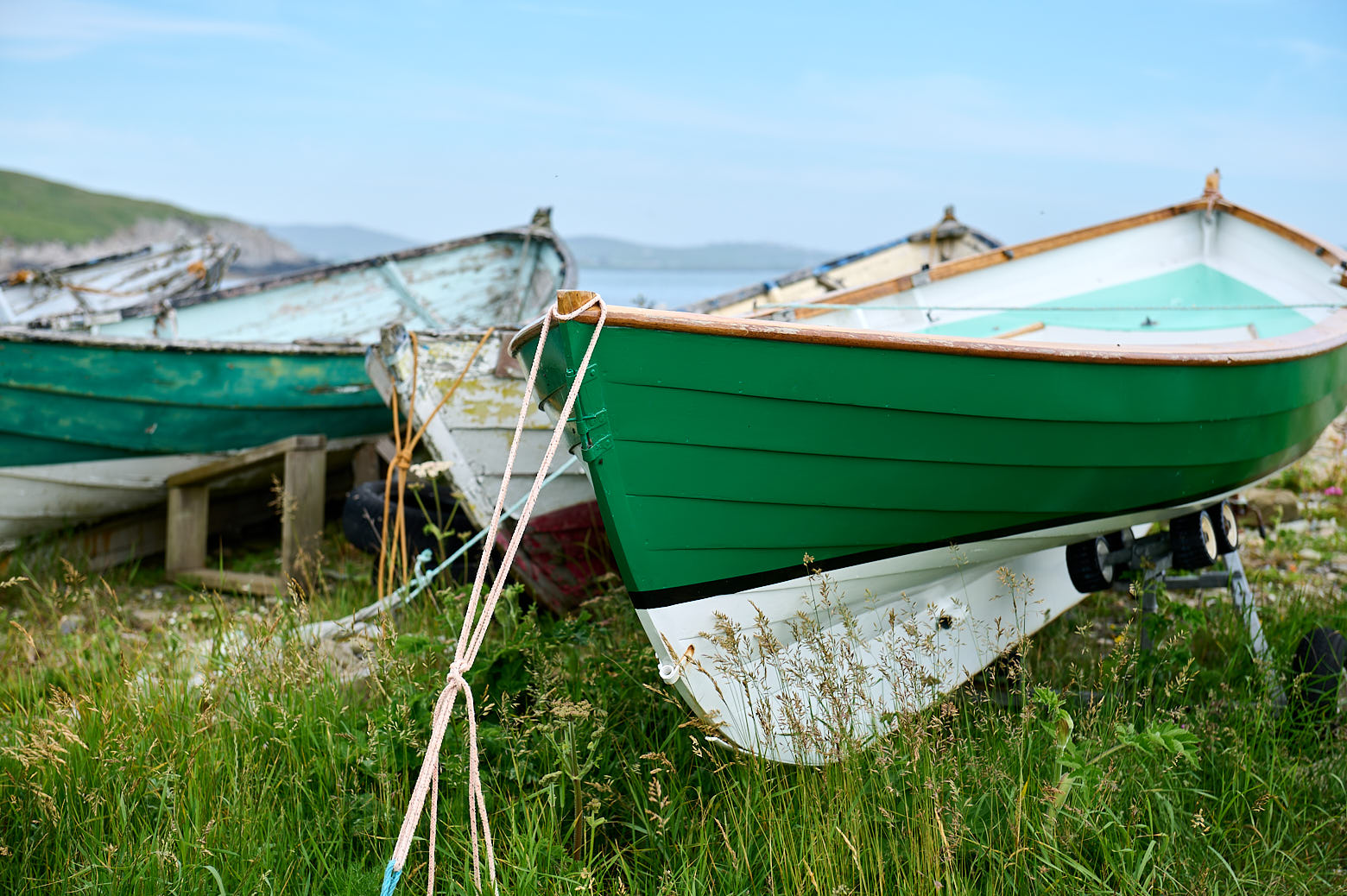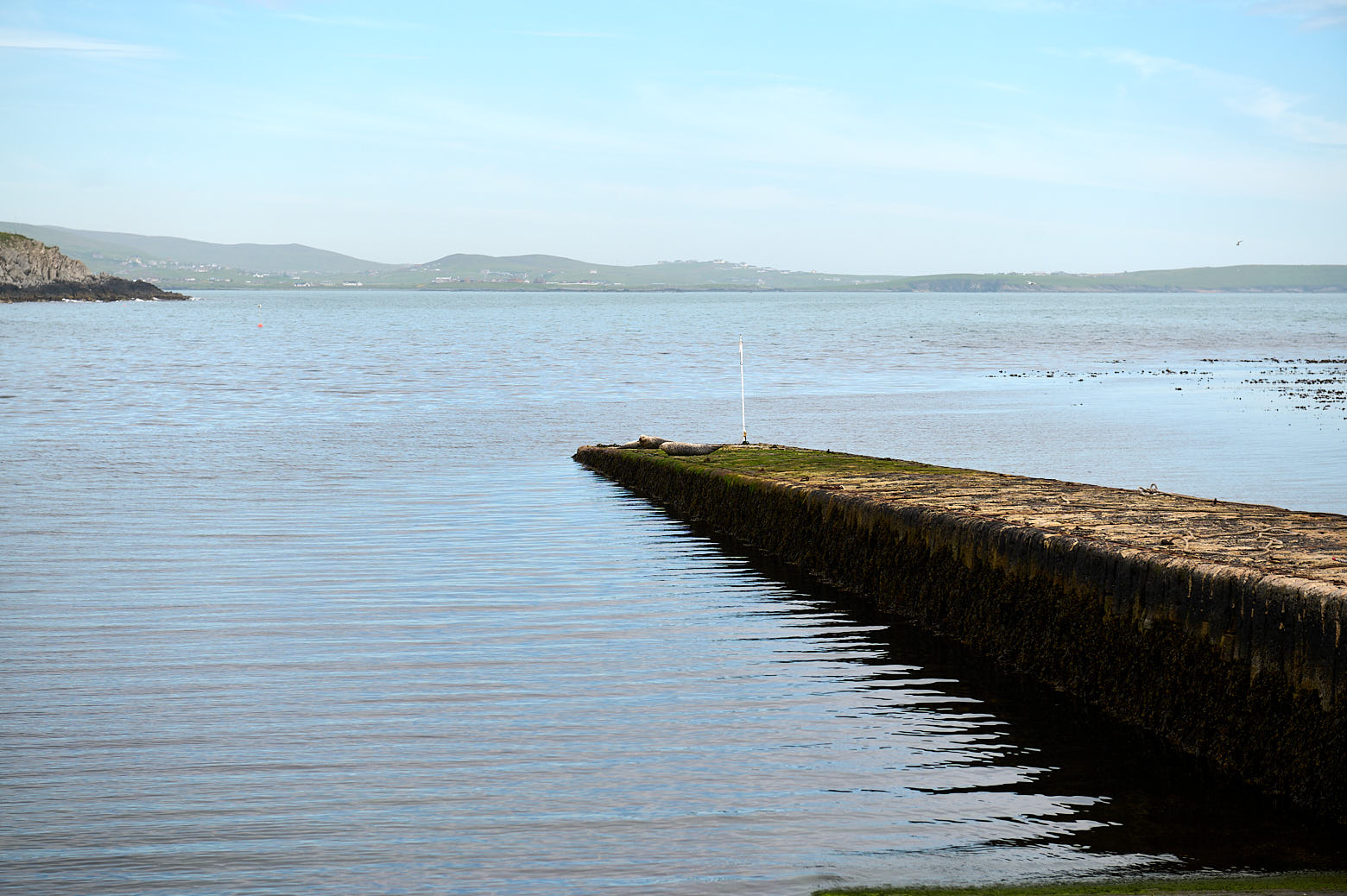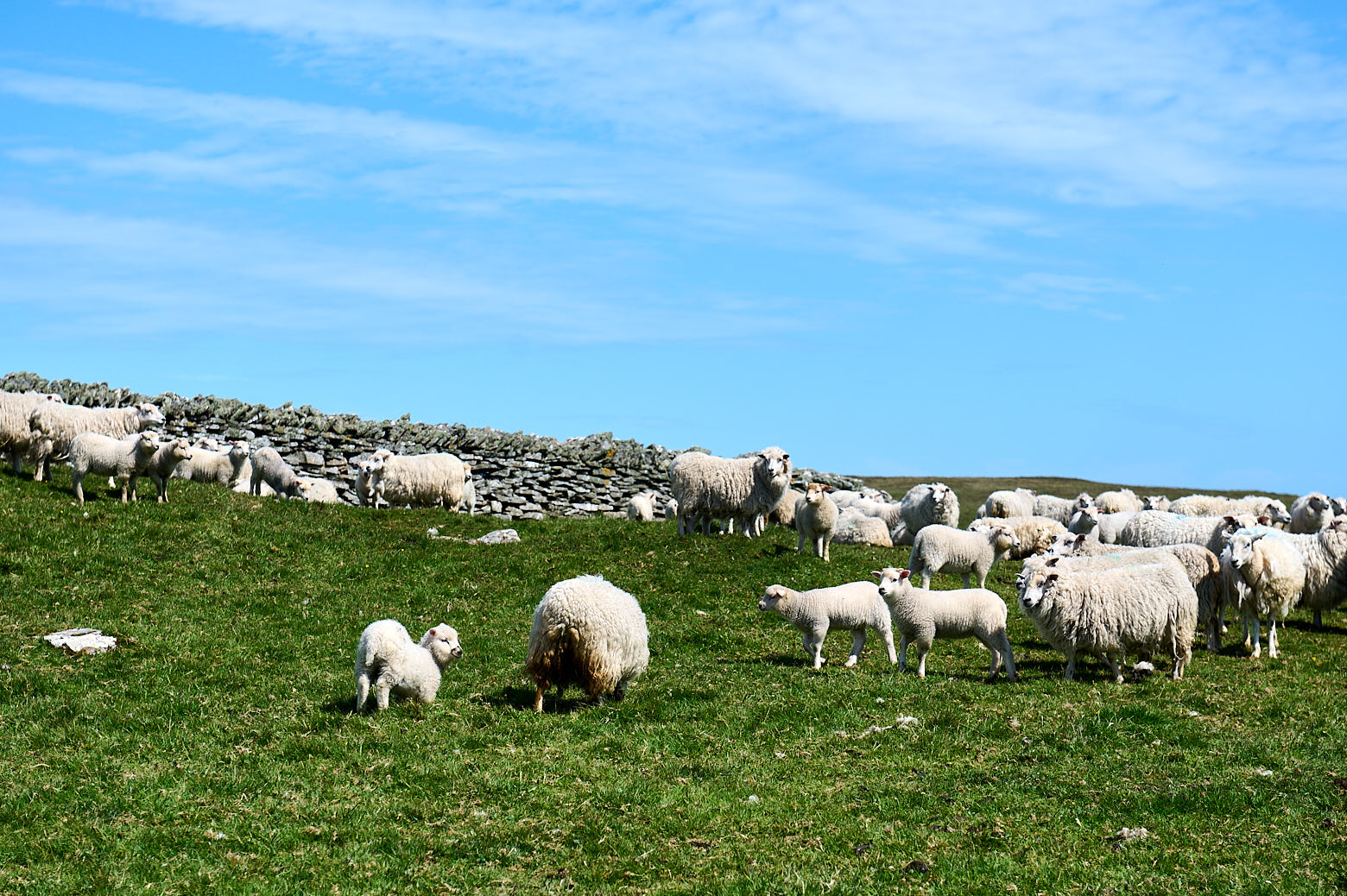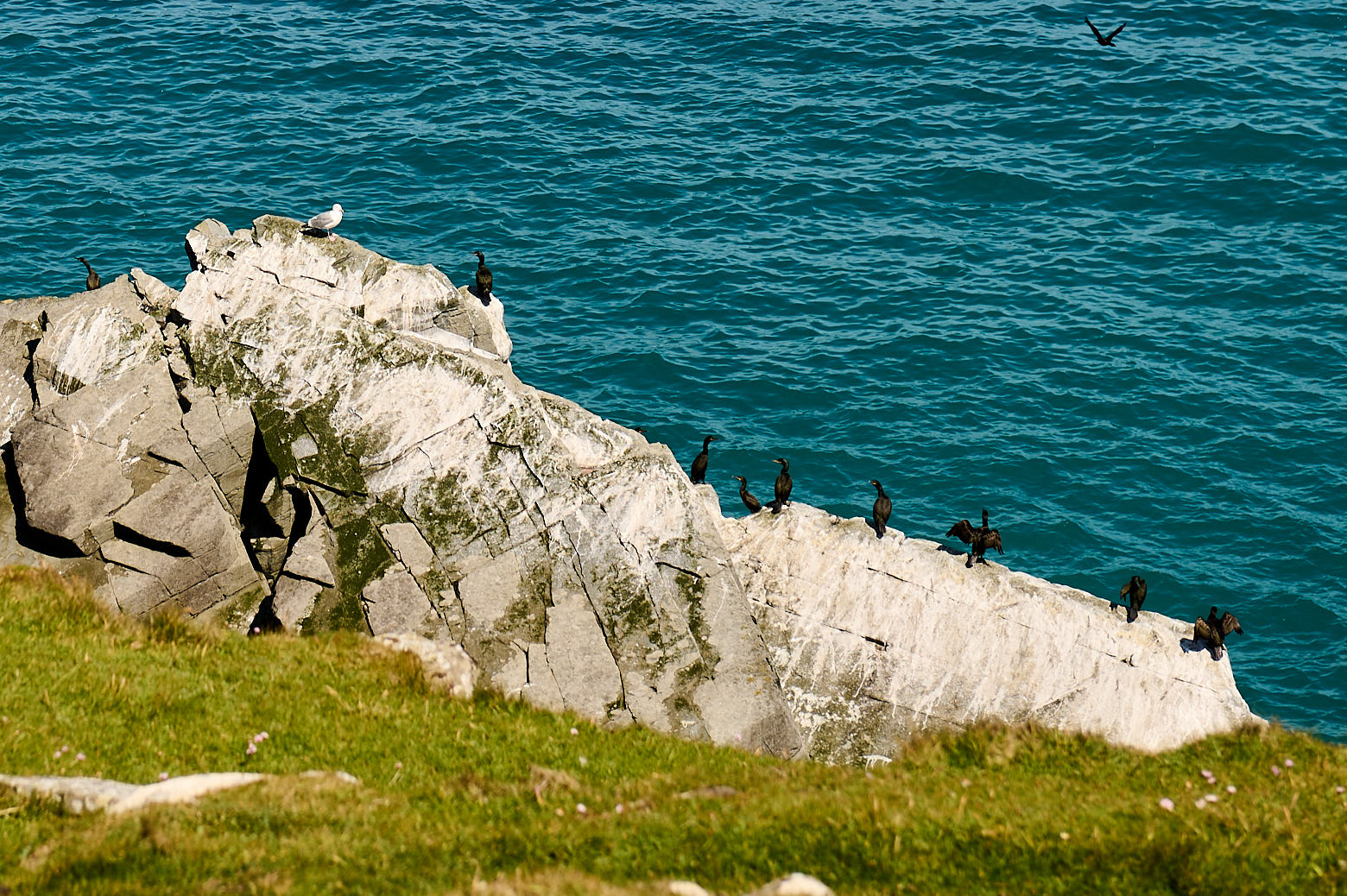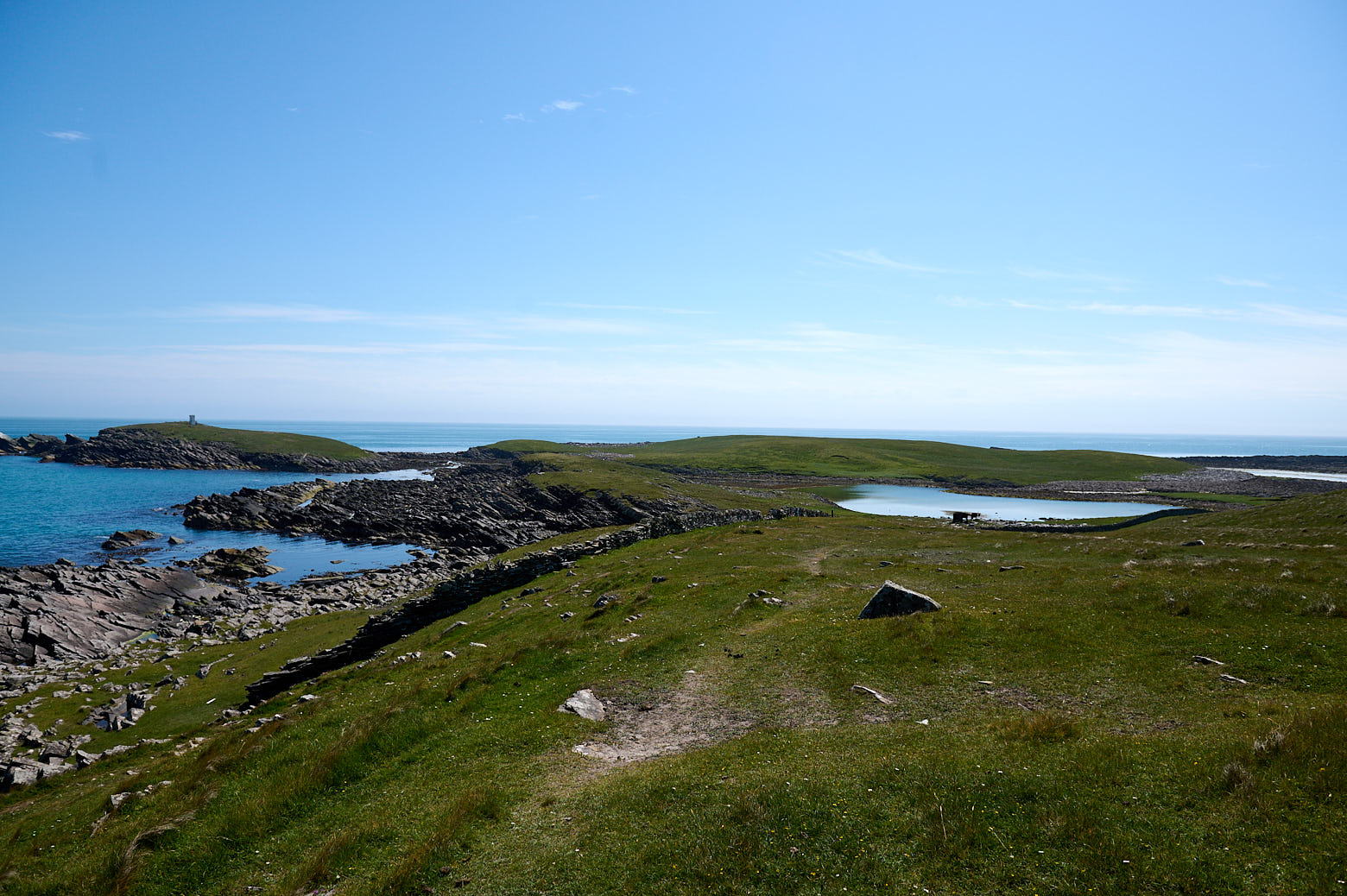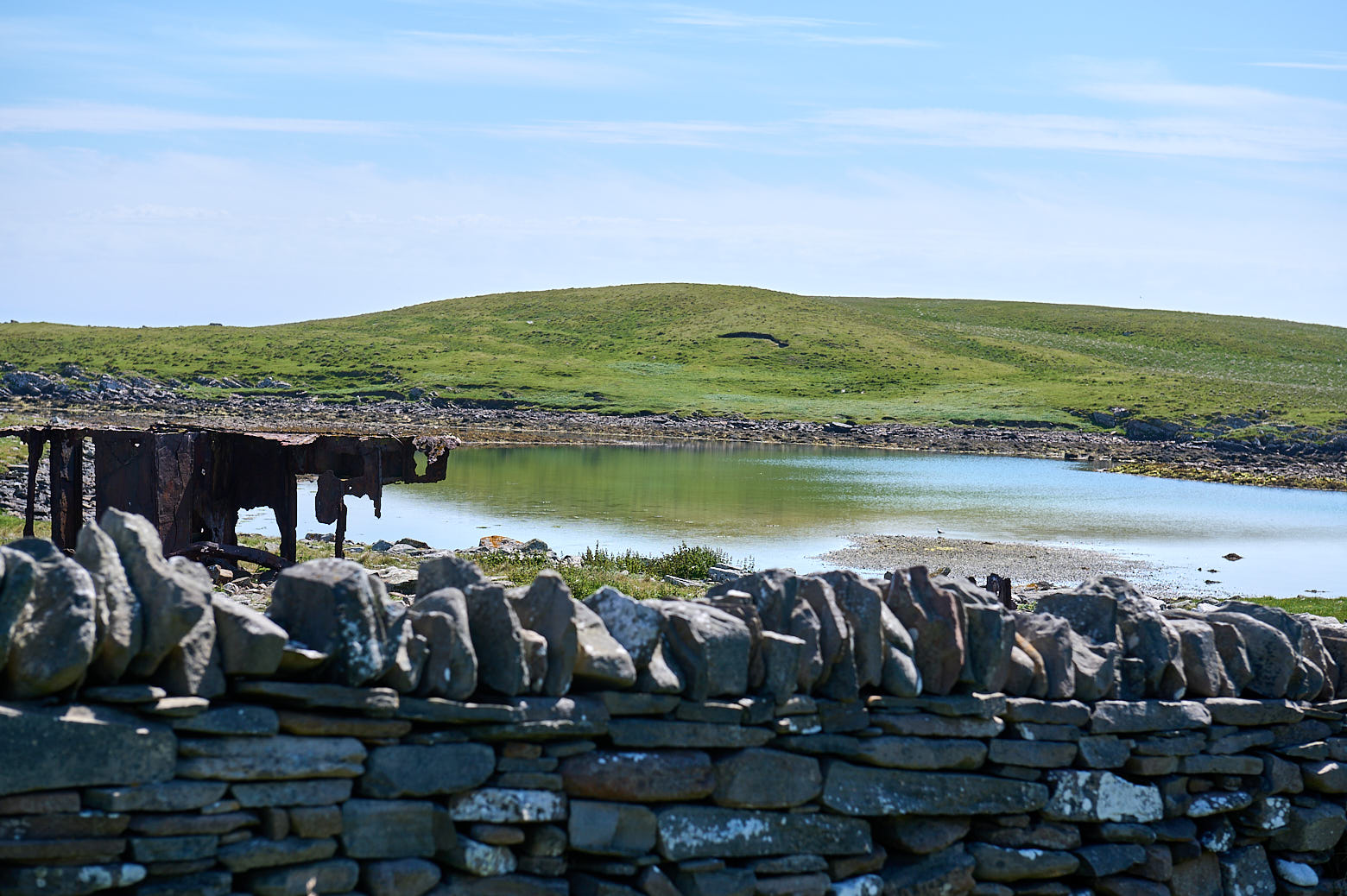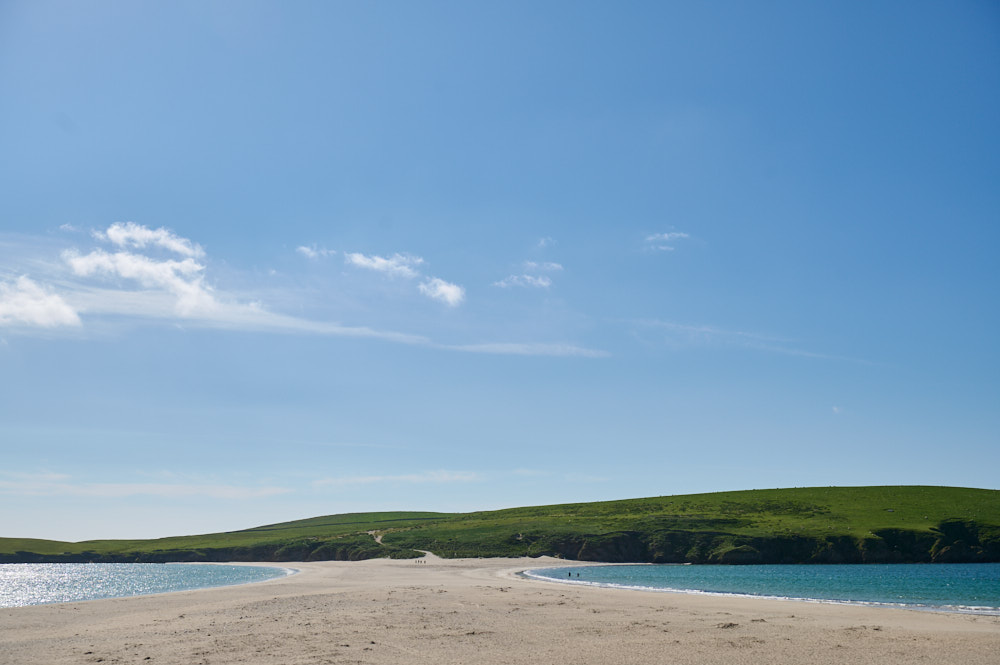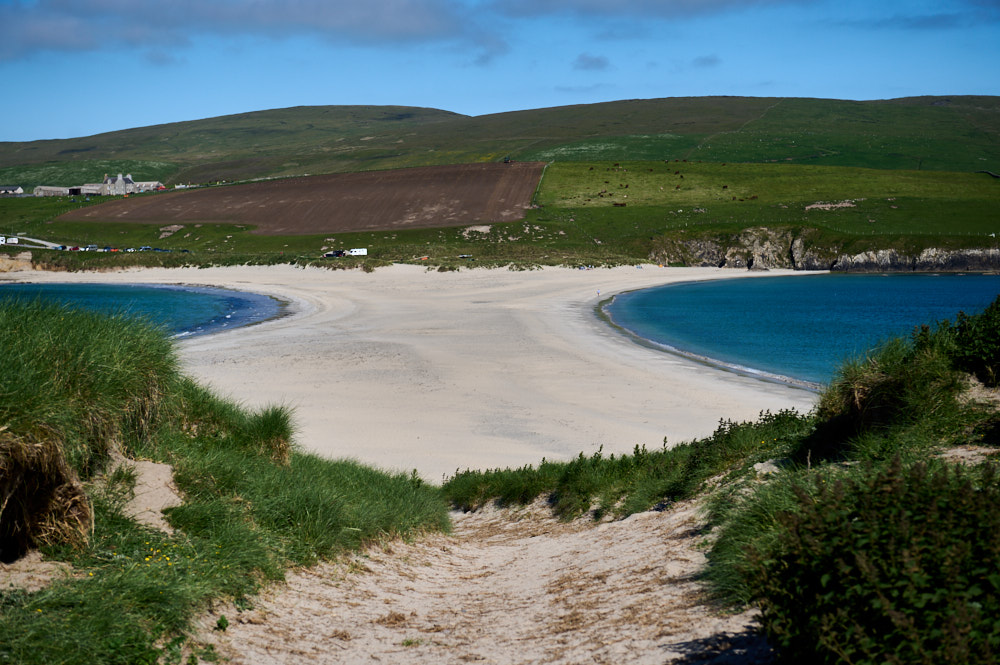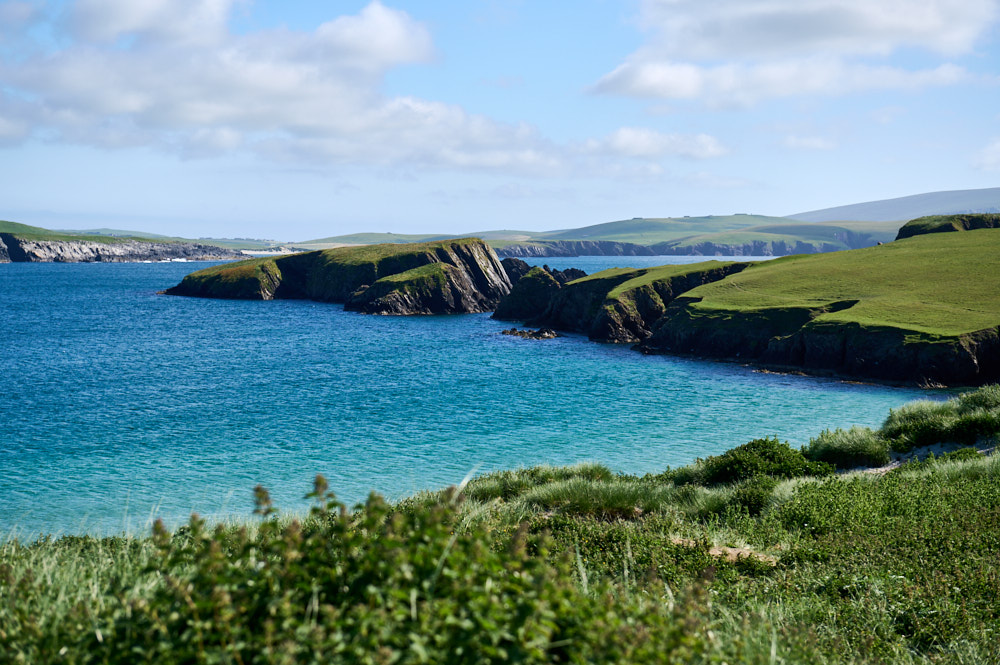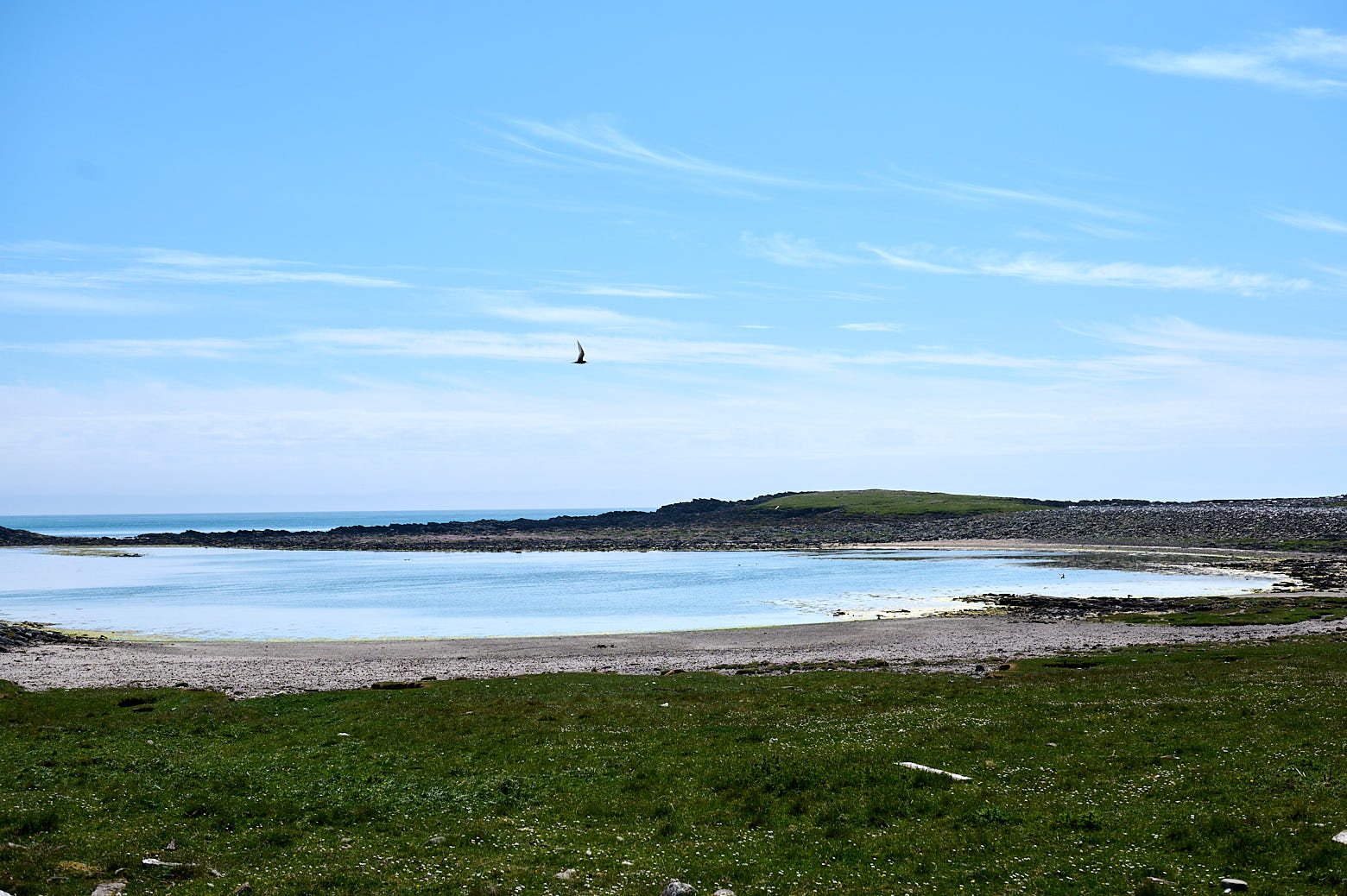
Turning towards Shetland Mainland my walk around Mousa was at half point. Following a stone wall, the home of many storm petrels, tiny birds who were flying around and suddenly stopping mid-air, I got a first glimpse of the former houses in Mousa.
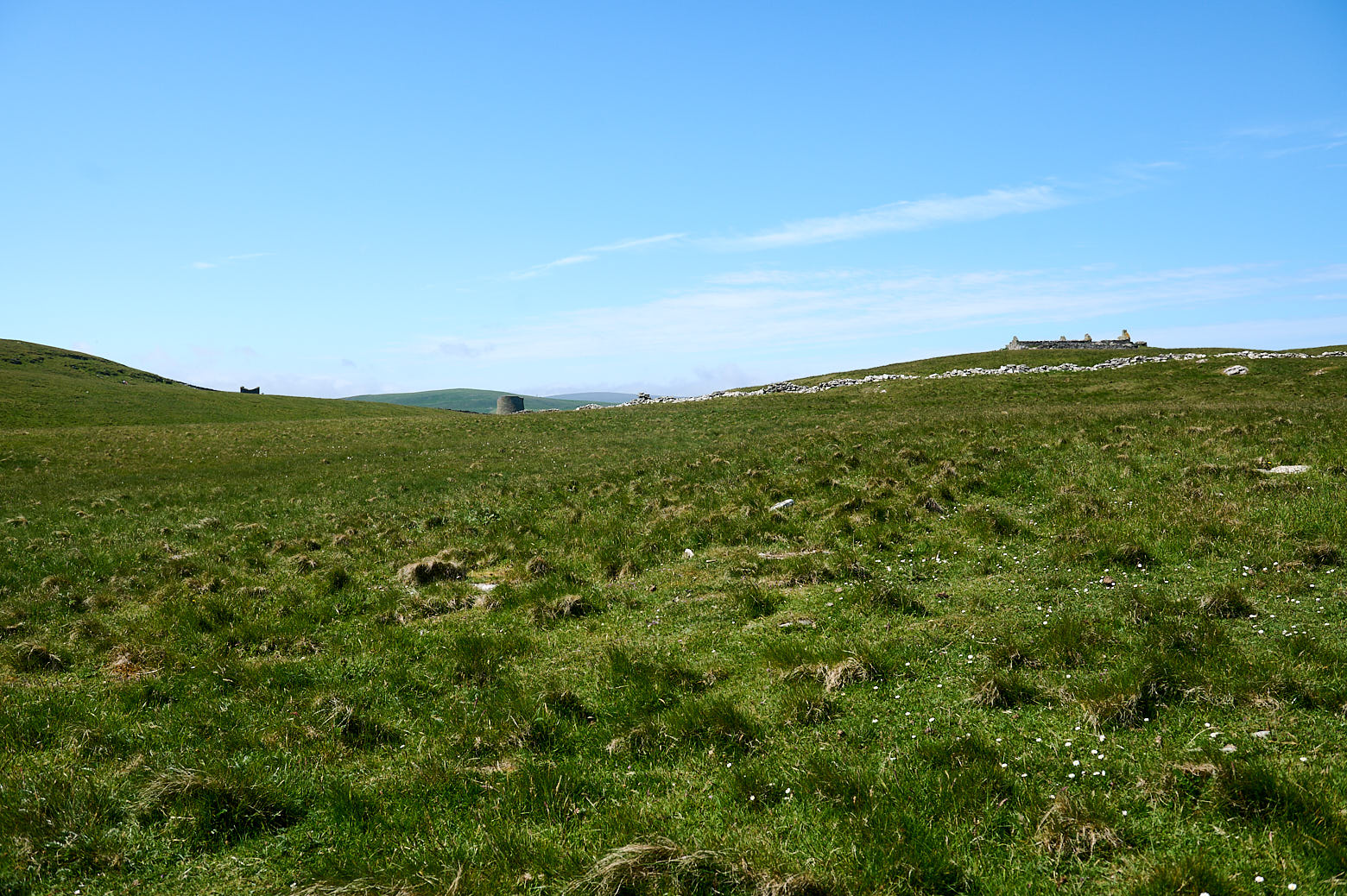
Mousa has been populated from earliest times through until mid 19th Century. At the north end of the loch there are Brunt Mounds dating from the Bronze Age (c1500BC). The ruins north of the loch are the abandoned croft houses and the ruin on the hill to south-west was the house of a Lerwick merchant. The stream from the loch once powered a Norse mill, the ruins of which can also be seen. (Shetland-Heritage)
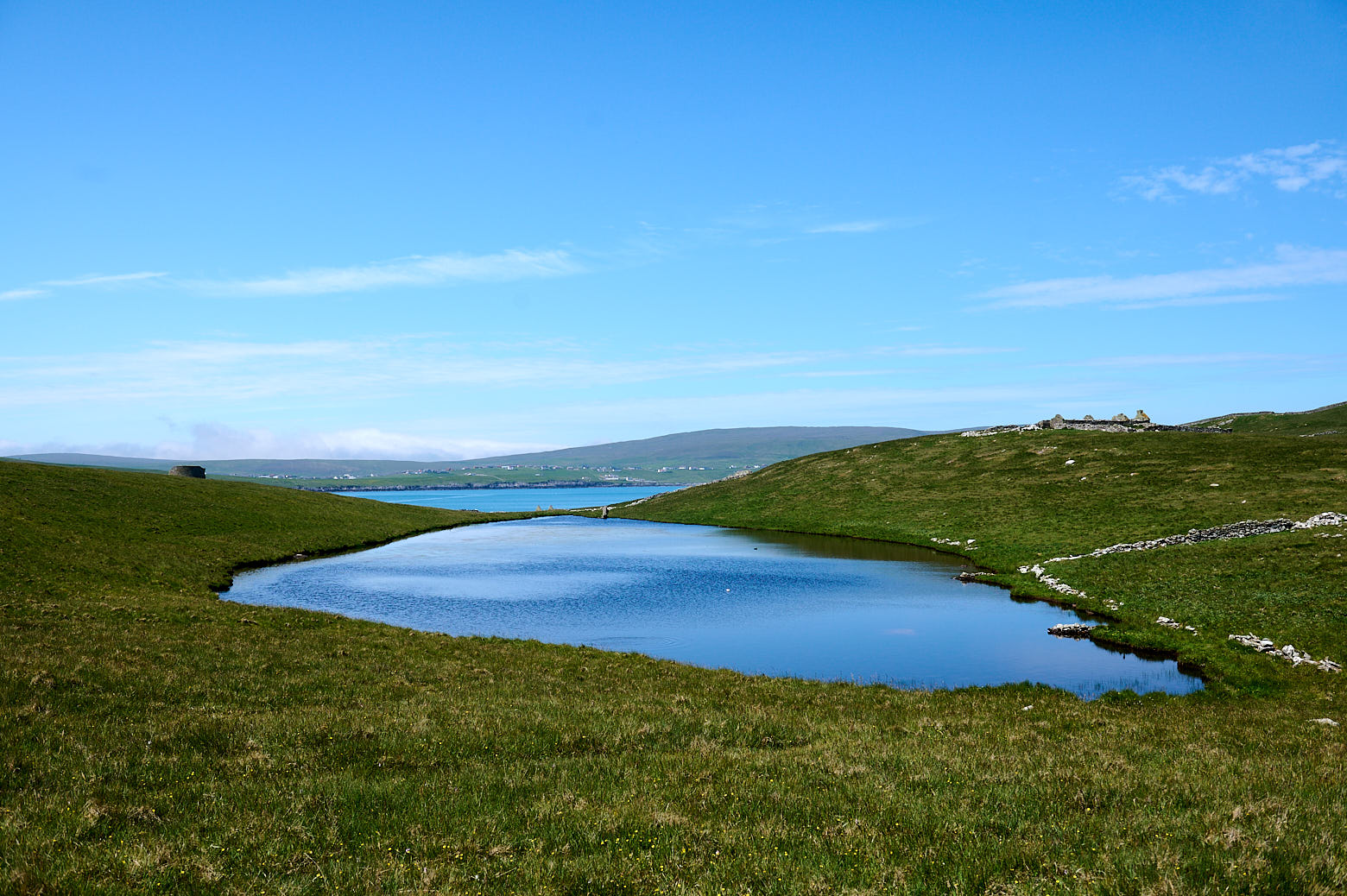
A former farmhouse on the right and the broch on the left. The farm (Knowe House) supported the big house (Haa) next to the broch.
The 1841 Census states that Erasmus Jameson, Farm Servant, age 40, lived there with his wife and five children. We know the Jamesons left Mousa on 4 May 1842, and Andrew Jameson, the eldest son then aged 13, left a memento of this poignant event when he inscribed his name and date on a north gable corner stone. (Mousa.co.uk)
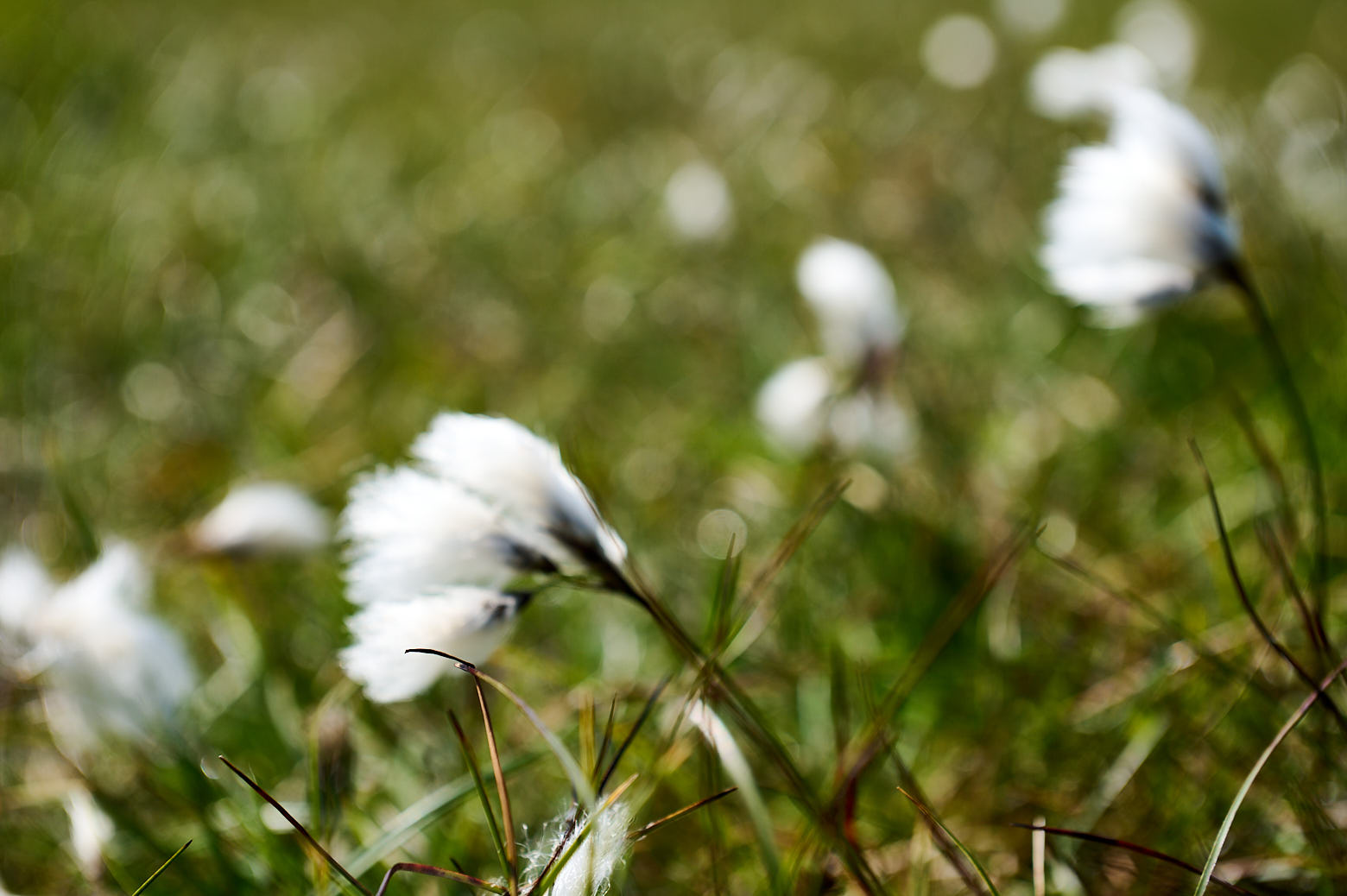
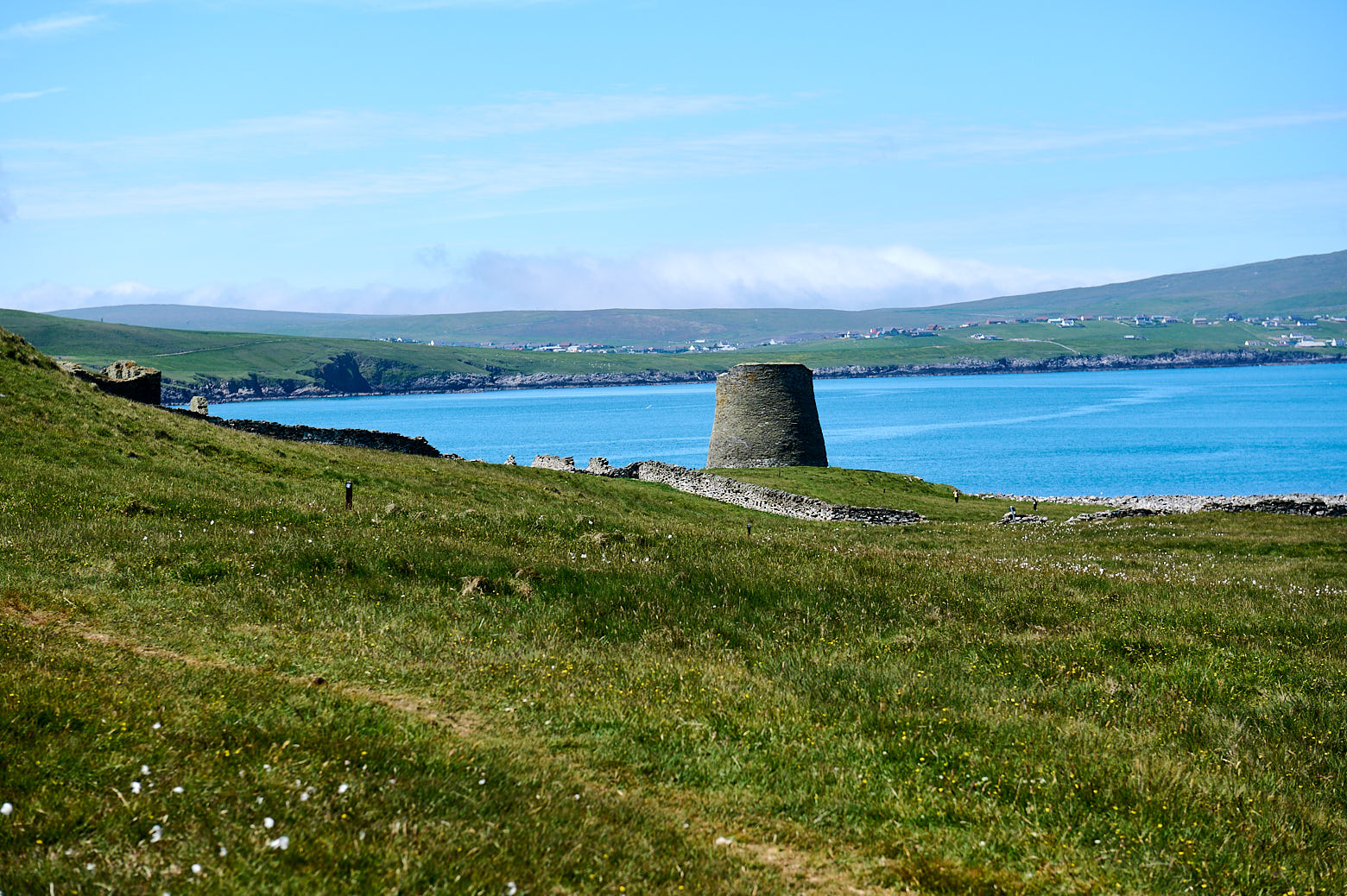
View of the broch and the big house (Haa) next to it along the shoreline). The Haa was built in 1783 and was the home of the merchant James Pyper from Lerwick. He bought the island and built this house for his first wife.
James married first Janet Gray of whom it is said he built the home on Mousa to keep her from drink, and secondly he married Anne Linklater. James died in 1828 and Anne lived on in the Haa until her death in 1852. (Mousa.co.uk)
Anne didn´t live alone, but with three female servants and one male lodger.
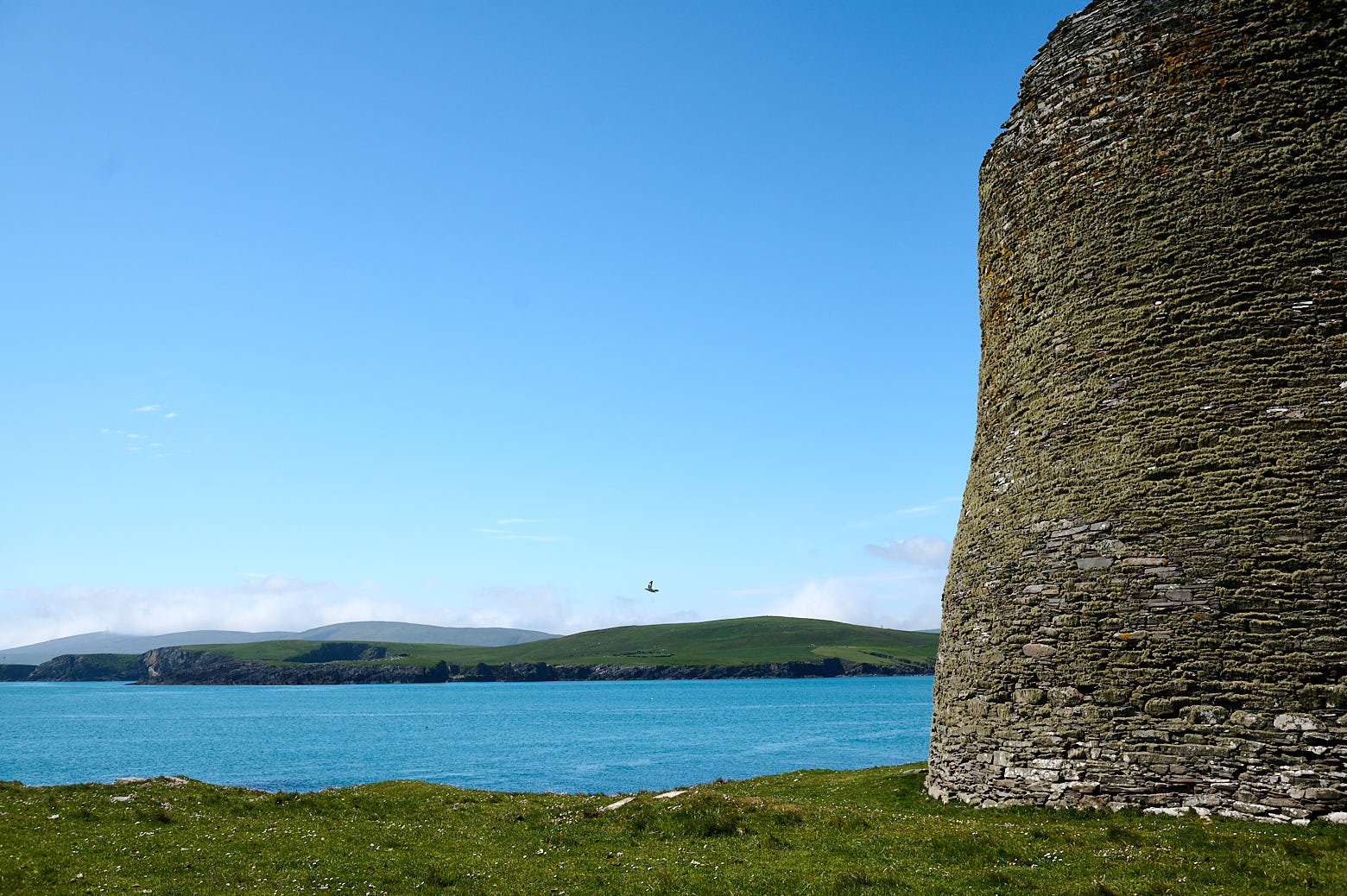
Mousa Broch is the best-preserved broch in the British Isles, it was built between 300 and 100 BC and dates from the Iron Age. You find a lot of these fortified towers (homes or lookouts) on the British Isles. But I this one is actually the only one with still intact stairs and pre-pandemic it was possible to walk on top of the tower and to enjoy the view.
The stairs were closed due to being very narrow and it wouldn’t have been possible to keep a distance.
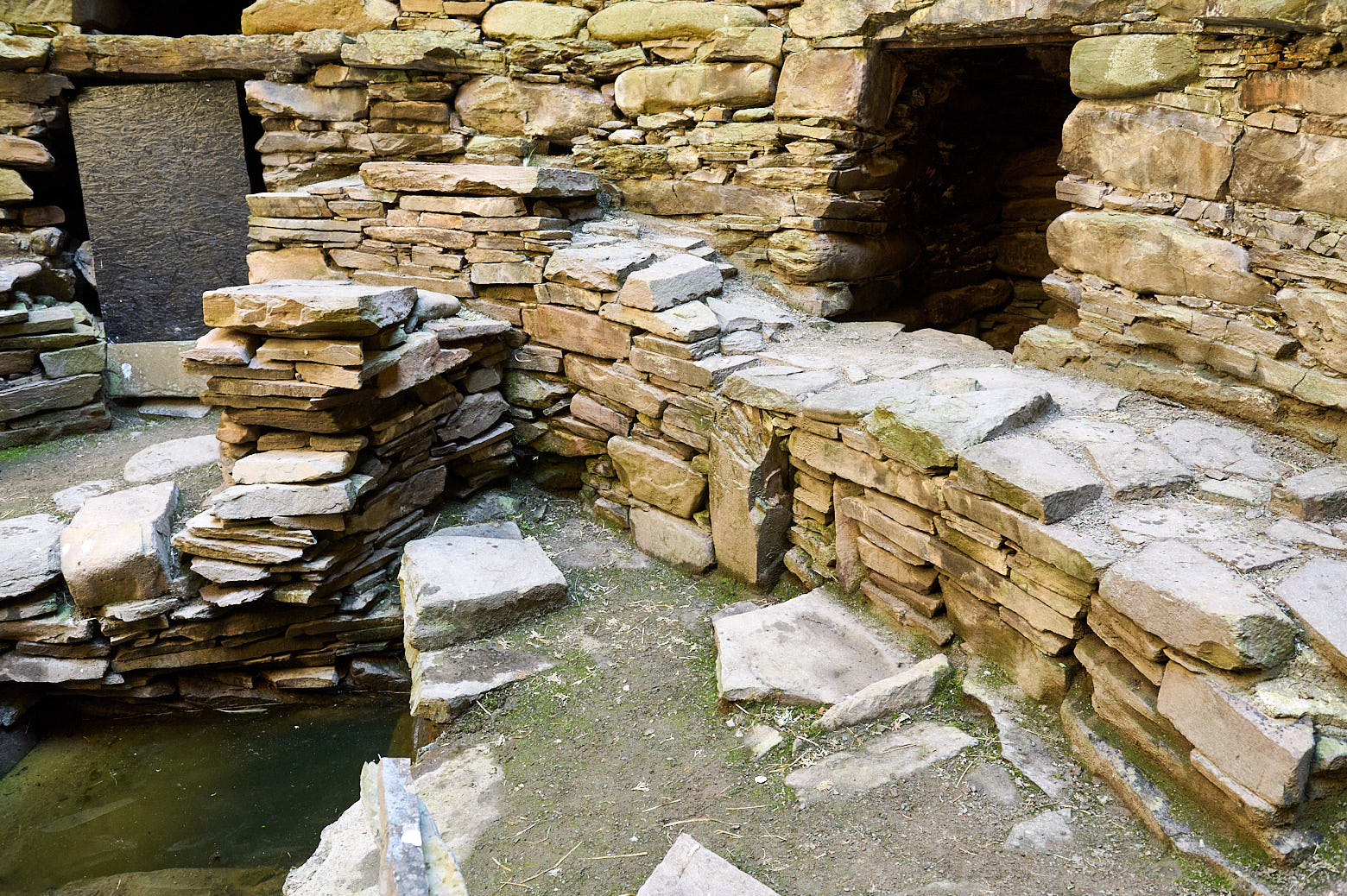
It is one of a pair guarding Mousa sound and probably a part of a chain of brochs all through Shetland. Many brochs were surrounded by a settlement but this didn´t seem to be for the Mousa broch.
It is a small broch, about 12m high and 15m wide, this probably helped it to survive. And as the settlement in Mousa was sparse there wasn´t too much need to reuse the stones.
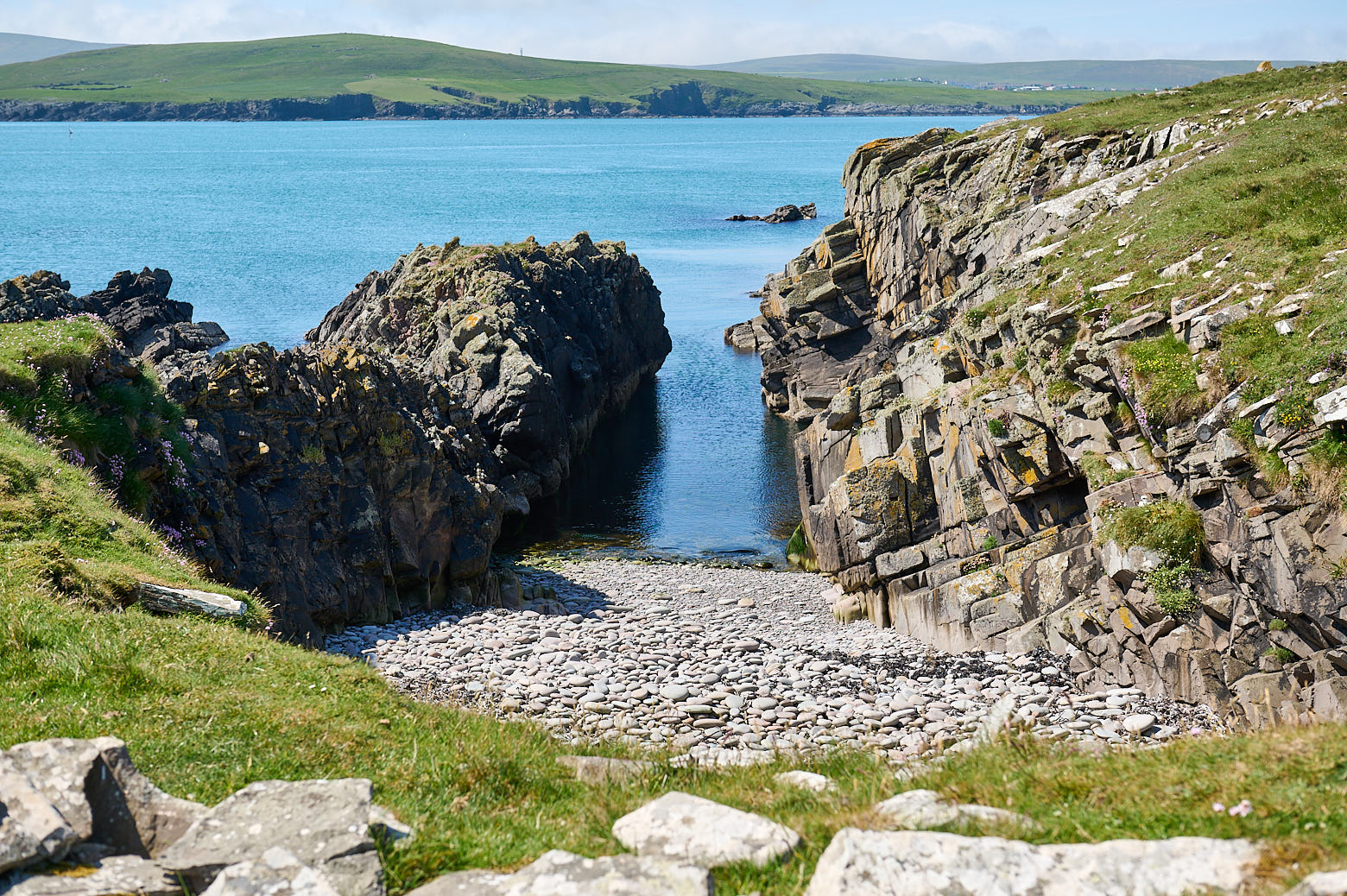 It was a short walk back towards the landing and the last small house.
It was a short walk back towards the landing and the last small house.

Back on the boat we took another look at the broch and were told how smugglers used to store their goods in the broch before selling them in Shetland. One day soldiers came to the Laird whose home is right next to the pier on Mainland Shetland to stay the night and make an early morning crossing to Mousa to confiscate the goods. But one of the Lairds servants alerted the fishermen and during the night they ferried all the smuggled goods to the mainland and hid them here.
The next morning the soldiers hired the same fishermen to ferry them over to Mousa where they, to their surprise, didn´t find anything.

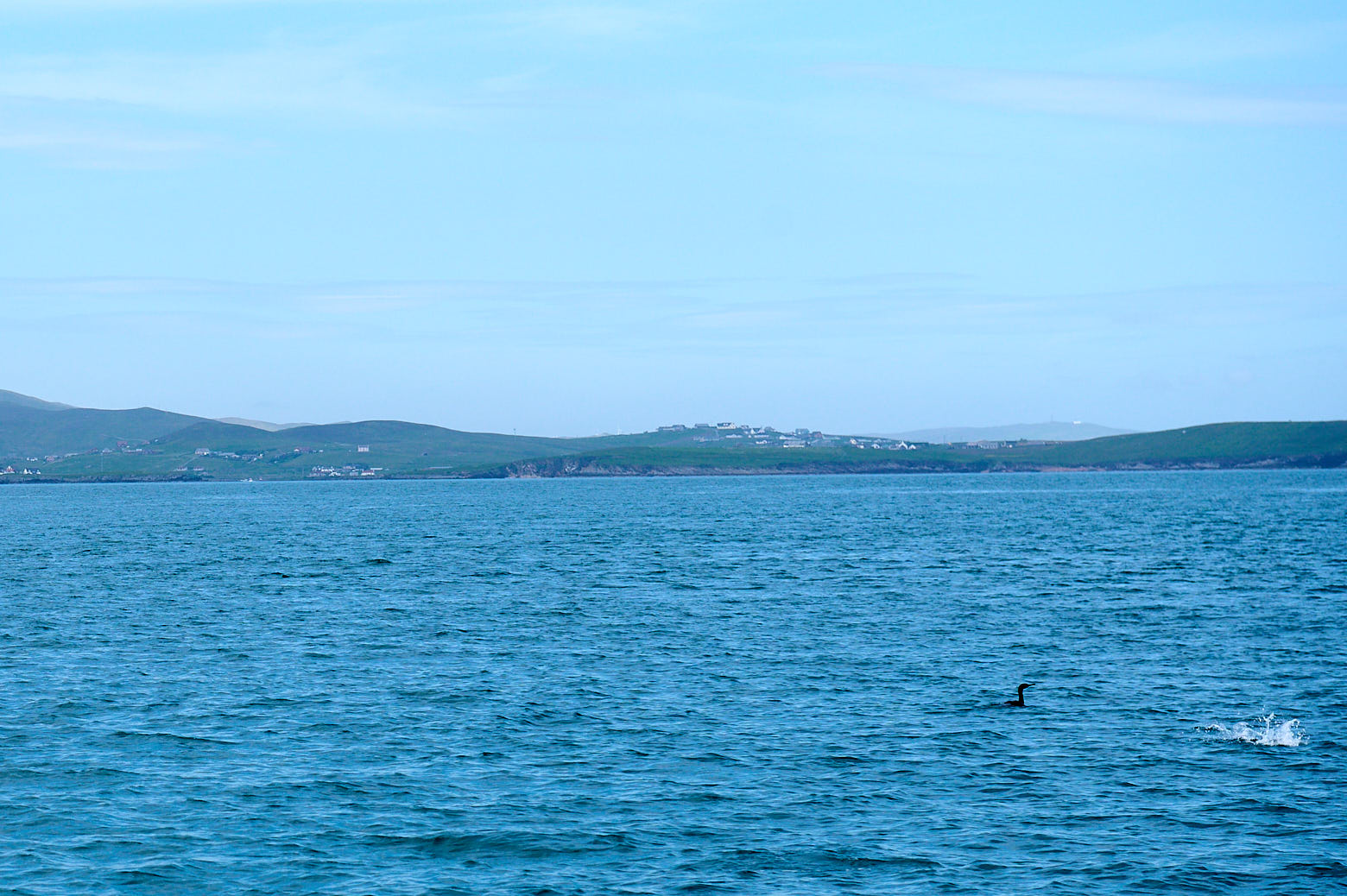
Almost back at mainland Shetland.
